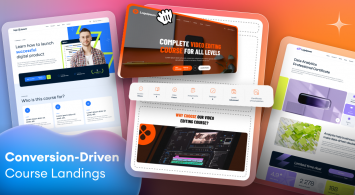Creating a course curriculum can feel overwhelming. Many teachers struggle with sorting through lots of information, putting it into a clear order, and making sure the lessons are fun. It’s hard to decide what to include, how to build on ideas step by step, and how to keep your students interested.
In this article, we’ll tell you more about how to develop a curriculum that works for your course and motivates your students to learn.
What is a Course Curriculum?
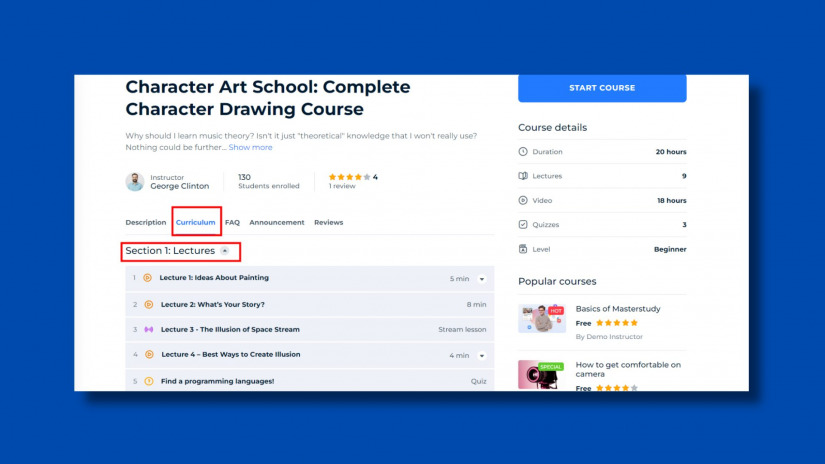
A course curriculum is like a map for a class. It helps to navigate both teachers and students through the course and learning process. To develop a curriculum, you need to identify its purpose and students’ needs, think about topics you want to teach, and how long it will take to complete your course. A well-structured curriculum includes interactive content and different types of assessment.
4 Must-Haves for a Winning Curriculum
An effective curriculum must include the following:
- Clear goals and purpose for learning. You can think about how your students will benefit from it, what you want to teach them, and how you want to do it. Understand how you want your course curriculum to look like as well.
- Structured in a logical way. Your curriculum should have a logical sequence for your students to see what they exactly get from learning your subject. Analyze your standards and structure the content in the right way.
- Be concise and engaging, and cover every topic of your course. Design your curriculum according to the learning intentions of your students. Add materials for each course section, cover all topics of your course, and manage the content.
- Advantageous environment to guide students from the beginning till the end. Create an environment that will make learning fun and help your students achieve their goals. Provide your students with support and motivate them to ensure they get what they want by the end of your course.
How to Create an Effective Curriculum
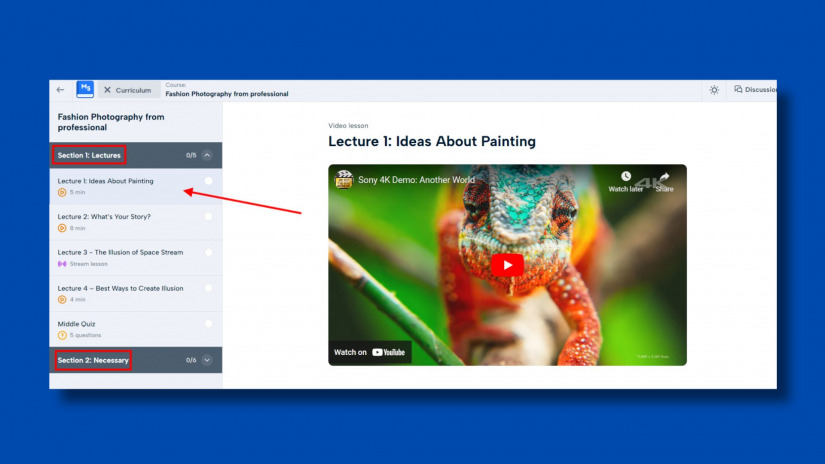
- Set your goals.
When developing a curriculum for your course, the first thing to do is to determine the purpose of it. You should find answers to these questions to create a curriculum that helps your students learn your subject easily:
- What your students will gain from this course?
- How it will improve their skills?
- How can I help them achieve their goals?
- Know your students.
Think about who your students are, their backgrounds, learning styles, and specific needs. You can explore platforms over the internet and analyze your target audience. Learn more about what your potential students want, the pain points they often talk about, and what interests them. Creating online surveys also helps to understand their needs and learning styles. Research and analysis will help you find out the value your course can give to your audience.
- Build your curriculum.
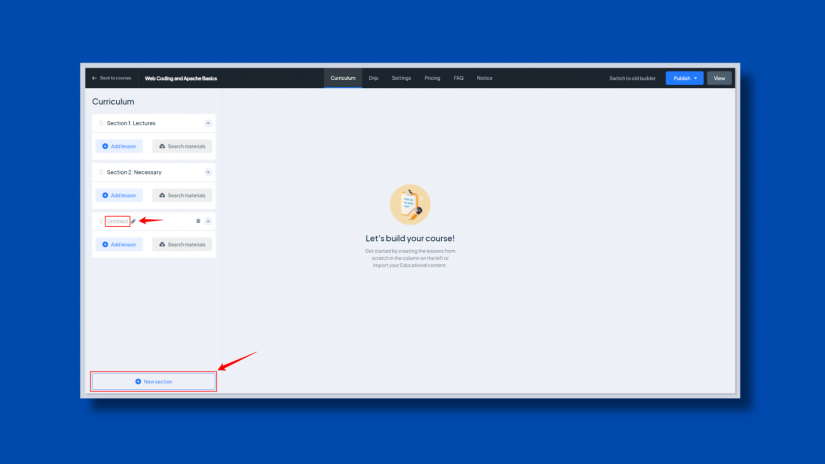
After analyzing your target audience and collecting important data, you can plan a strategy for your curriculum. Create your course and break it down into major topics and subtopics. You can structure your curriculum logically with the course builder in MasterStudy LMS. Organize and rearrange the content into modules and lessons by dragging and dropping your topics. With a Course Builder in MasterStudy LMS, you can create a curriculum for online courses that will be tailored to students’ needs and interests.
- Add content.
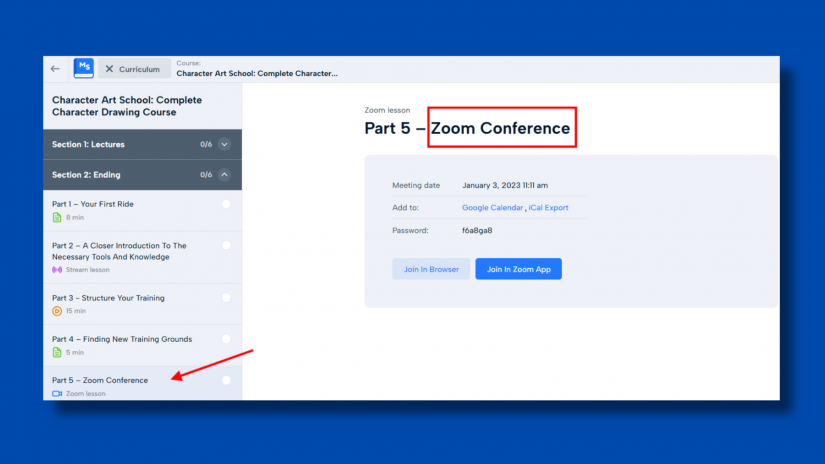
Develop each lesson with engaging content. Write clear and concise explanations for your lectures and add media like videos, images, and other elements from drip content to enhance learning. MasterStudy LMS offers various lessons such as video and audio lessons with YouTube, Vimeo, Spotify, Soundcloud, and more integrations. You can choose quizzes, schedule live lectures, and create interactive lessons to make learning fun.
- Create tests.
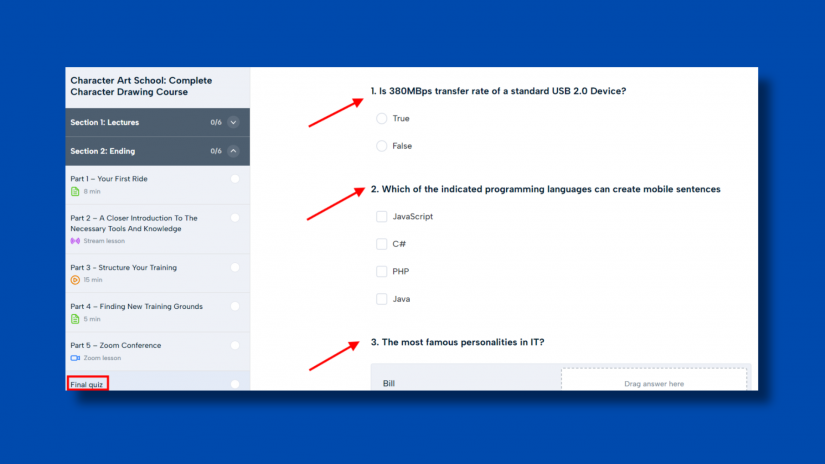
Assessments help to check student understanding. You can create short tests to see how well they are doing and how well they are learning your subject. Instructors in MasterStudy LMS have the option to add assignments and integrated quizzes to a curriculum. Save time by turning on the automated grading in settings.
- Review and refine.
Once you develop a curriculum, review it to make sure everything flows smoothly. Test it out and check for errors to remove mistakes or broken links. You can ask a colleague or other students to give feedback on your course curriculum. MasterStudy LMS has a preview feature to see how your course will look to students. You can also collect reviews from users to make your curriculum better.
- Publish your curriculum.
After finalizing your curriculum, it’s time to go live. MasterStudy LMS simplifies this with easy publishing of a course on your platform in just a click. Promoting your course is key to success. You can use a set of built-in marketing tools like discount offers, and email campaigns to promote your course and boost enrollment.
- Manage and update.
Launching a course is just the beginning. You can keep your course updated and provide support after launch. Regularly refresh content and manage your curriculum in MasterStudy LMS. It is important to address questions or issues your students may have. A course builder comes with a support system that helps to manage student inquiries and give support directly through your LMS platform.
Conclusion
Developing a curriculum that fits students’ needs and meets their goals is essential for teaching and learning. MasterStudy LMS makes it easier to create a fun and effective course. With its advanced tools, you can create a course that helps students learn and succeed.
Ready to create your course with MasterStudy LMS? Try it out for free or get in touch to learn more!





























